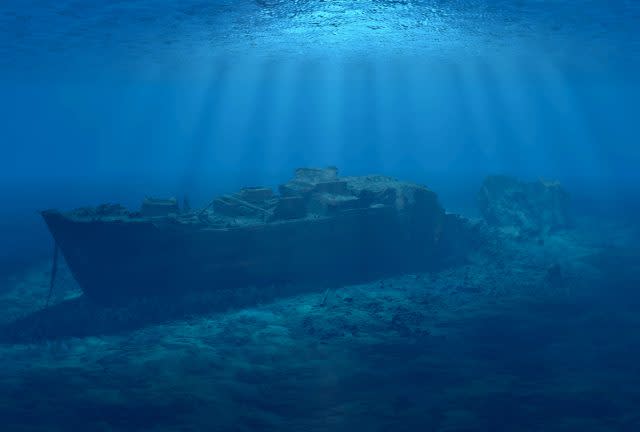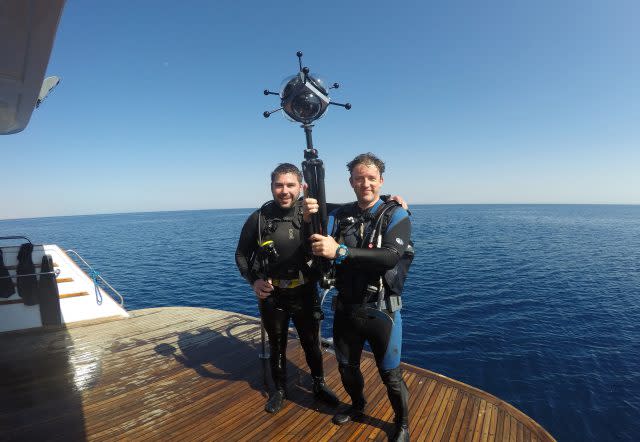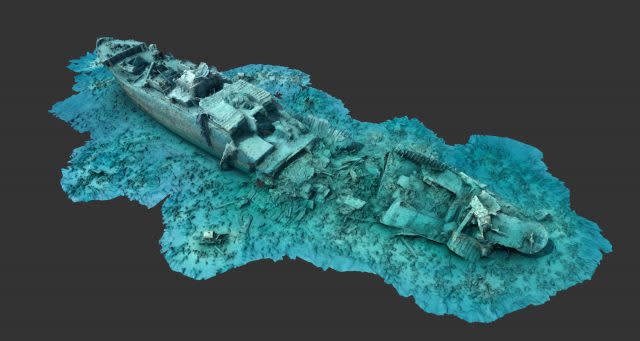Website to let people explore Second World War wreck using 3D virtual reality

A new website will allow people to explore a Second World War wreck remotely on their phones or computers using 3D virtual reality, it has been revealed.
The website will give people the chance to explore the wreckage of SS Thistlegorm, a British merchant steam ship sunk by a German bomber in 1941 off the coast of Egypt, and is going live 76 years to the day since the vessel sank.
The ship, which was carrying provisions including trains, aircraft parts, trucks and motorbikes that now lie 32 metres (105 ft) down at the bottom of the Red Sea, is considered by divers as one of the best wreck dives in the world.

Now, the 3D reality Thistlegorm Project is bringing its submerged secrets to the surface for the public, the team behind the scheme said.
It is part of a wider maritime archaeology study - Presence in the Past - by the University of Nottingham in partnership with Ain Shams and Alexandria universities in Egypt.
Dr Jon Henderson, from Nottingham University's School of Archaeology, said: "The thing about underwater sites and the importance of underwater cultural heritage is that the only people who've ever seen it are divers.

"However, we are now at a point where we have the technology to reconstruct these sites.
"We can survey them in photo-realistic detail and we can create models that people can explore and interact with from the comfort of their own homes."
Underwater photographic surveys recorded more than seven acres of wreck with 24,307 high resolution images during 12 dives on site, recording not just the outer shell but its internal decks and cabins and their rich cargo.

The photographic survey allowed the team to reconstruct what is left of the Thistlegorm on the sea bed, and then create 3D models of exactly how the wreck appears.
The underwater archaeology project also used 360 degree video, which Dr Henderson said allowed them to do guided tours round the wreck, so people could experience what it is like to dive it.
Dr Henderson added: "Nine men died on the SS Thistlegorm, five Royal Navy gunners and four merchant sailors, just a small part of the 35,000 out of 135,000 Merchant Navy sailors that gave their lives during the war.
"In the Merchant Navy one in four men did not come back - that's the highest proportion of all the fighting forces. We owe to the memory of these brave men to record and preserve their legacy."


